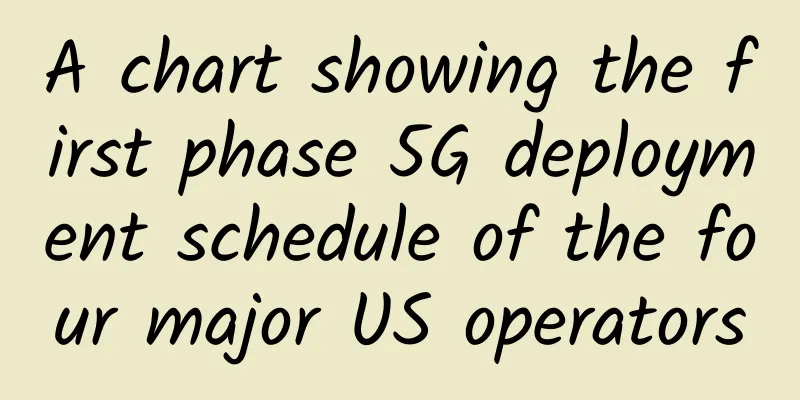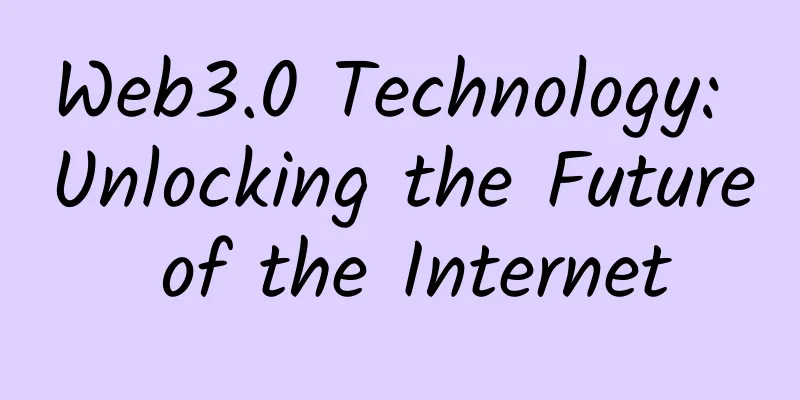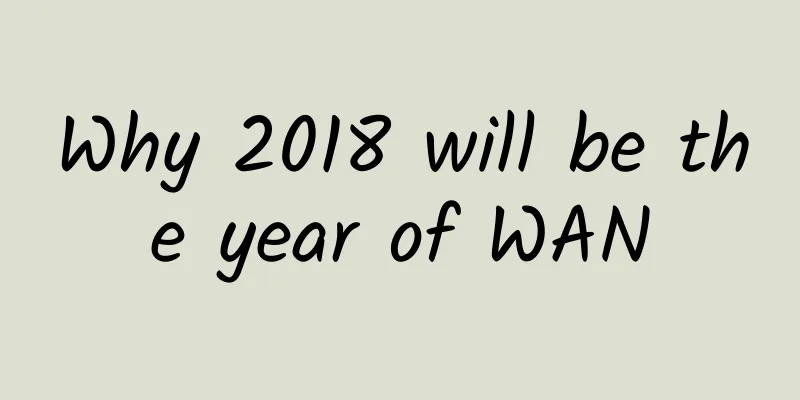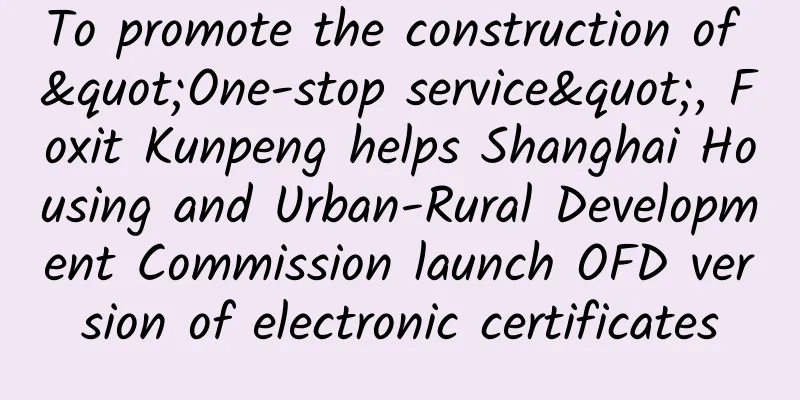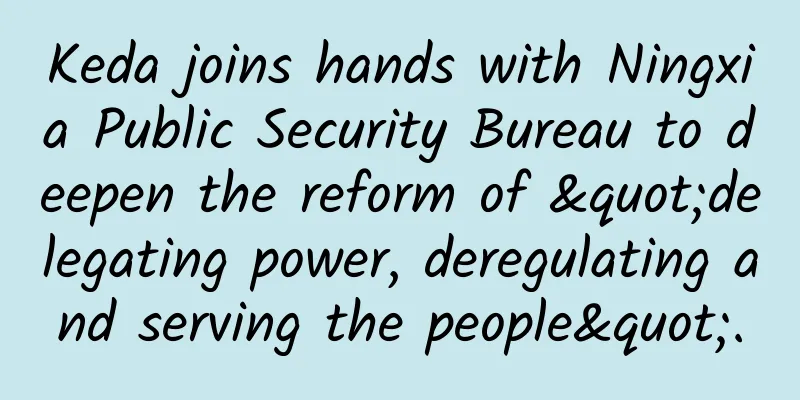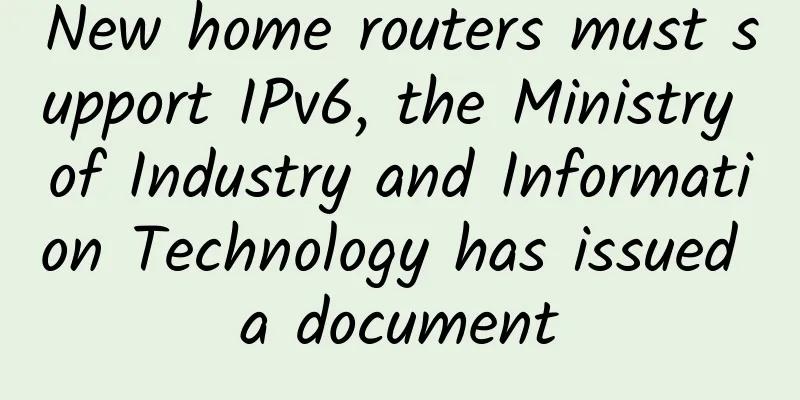Is the time ripe for “rate experience billing” in 5G multi-dimensional billing?
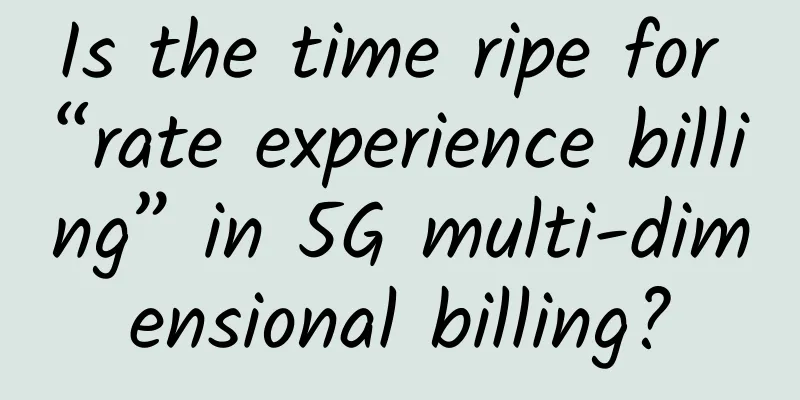
|
July 5 During the just-concluded mobile communications industry benchmark conference 2023 MWC Shanghai, "5G commercial success" became one of the core topics. The industry leaders attending the conference generally believed that the global 5G commercialization has been four years, and the development speed has far exceeded that of 4G in the same period. From hundreds of millions of consumers to thousands of households and thousands of industries, it has significantly changed people's lives and production, and continued to create commercial value, industrial value and social value. The consumer market has always been the basic market for operators. In the 5G era, traffic will explode, and traffic value management for the mass market is the key to the commercial success of operators. Data shows that as of March 2023, 252 network operators in 92 countries or regions around the world have announced that they have begun to provide 5G services, and 5G networks have covered 30.2% of the world's population. Among them, 53 countries or regions have a 5G network population coverage rate of more than 50%, and the leading operators have realized the first wave of 5G dividends. Mobile communications have evolved every ten years, and now 5G, which has been in commercial use for four years, has entered its "young and middle-aged" period. As the proportion of 5G network traffic becomes mainstream and continues to rise, what is the focus of 5GtoC traffic value management in the new era? Is it time to start the multi-dimensional billing that operators have envisioned since the beginning of 5G commercial use, especially the "rate experience billing"? Let's find out. Current situation: Traffic anxiety has generally disappeared, and "speed sensitivity" has become a new pain point Statistics from the Ministry of Industry and Information Technology show that driven by 5G, my country's mobile Internet traffic reached 117.3 billion GB from January to May this year, a year-on-year increase of 14.2%. As of the end of May, the number of mobile Internet users in my country reached 1.489 billion, a net increase of 34.73 million from the end of last year; the average mobile Internet access traffic per household (DOU) in May reached 17.26GB/household/month, a year-on-year increase of 10.8%, and 1.08GB/household/month higher than in December last year. The number of users here is calculated based on the number of terminals. Considering that many people own multiple terminals, the actual average DOU per person is much higher than the above figure. This means that 5G has brought people's average monthly traffic consumption into the 10GB~100GB era, and traffic anxiety can be said to have generally disappeared. In real life, it is not difficult to find that today's 5G users have long lost the habit of "asking for Wi-Fi passwords when entering the door", but instead use "5G devices as personal hotspots" anytime and anywhere. Instead, "speed sensitivity" is becoming a new pain point! On the one hand, as the scale of 4G users shifts to 5G, the capacity of 4G is freed up, and the public cannot feel that the 5G network is significantly faster than 4G in daily use. On the other hand, in high-density scenarios such as airports, stations, large exhibitions, and press conferences, users not only cannot feel the speed of 5G, but are easily blocked to the point that it is difficult to even update the "friend circle". When simply increasing the "quantity" of traffic is no longer effective, it becomes urgent to improve the "quality" of traffic. Market research: Overseas operators take the lead in trial, and speed experience charging is initially explored Higher speed is a basic feature that distinguishes 5G from 4G. 4G has a maximum download speed of 100Mbps, while 5G can provide a downlink speed of up to Gbps, which provides operators with the possibility of differentiated pricing while ensuring users' basic network speed experience. During the 2023 MWC Shanghai, the 5G Application Industry Array of the China Academy of Information and Communications Technology and the GSMA 5G IN jointly released the "5G Business Model Innovation and Development White Paper (2023)", which showcased the new exploration of leading operators in 5G billing methods in the mass consumer market. Finland's Elisa is one of the first operators to use speed as a billing unit. Its basic 5G packages are divided into three speed levels: 300Mbps, 600Mbps, and 1000Mbps, with monthly fees ranging from 31.99 euros to 49.99 euros. When users use it within Northern Europe, the three packages have unlimited traffic; when users use it across the European Union, the monthly traffic limit ranges from 32GB to 45GB, realizing the combination of speed grading experience and traffic package packages. 5G application industry matrix and GSMA 5G IN.jpg (Source: 5G Application Industry Matrix and GSMA 5G IN) Switzerland's Sunrise, which has long been at the forefront of the world in terms of 5G network speed, is even more "bold". It also divides 5G packages into three levels according to different speeds, but the maximum speed of the starting M package is set at 500Mbps, the maximum speed of the mid-level L package reaches 1Gbps, and the maximum speed of the advanced XL package is as high as 2Gbps. Such a configuration can be said to be "quite explosive" throughout Europe. Swiss Sunrise 5G application industry group and GSMA 5G IN.jpg (Source: 5G Application Industry Matrix and GSMA 5G IN) Of course, charging by speed experience does not mean giving up the existing traffic charging model. Many operators also superimpose rate-tiered charging on traffic packages. For example, compared with the bold moves of Finland's Elisa and Switzerland's Sunrise, Austria's Magenta has launched a 5G package that combines traffic and speed, with a 40GB monthly traffic package with 150Mbps downlink and 50Mbps uplink speeds; and an 80GB package with 250Mbps downlink and 50Mbps uplink speeds. Austrian Magenta official website.jpg (Source: Austrian Magenta official website) In short, leading operators have extensively explored the business model of charging by speed based on the new features of 5G networks while continuing the traditional 4G traffic billing method. These practices meet the different demands of different consumer groups for network speed experience, promote the 5GtoC traffic value management from "quantity" to "quality", and preliminarily explore the innovation of the business model of charging by speed experience. The value creation brought about by these business model innovations is significant. According to the third quarter financial report of Finland's Elisa in 2022, the average billing of its users who upgraded to 5G increased by 3 euros (about 22.2 yuan). Among the top 150 telecom brands in 2023 selected by Brand Finance, the brand value of Switzerland's Sunrise increased by 68% to US$1.8 billion, becoming the fastest growing telecom brand of the year. Looking to the future: 5G multi-dimensional billing is imperative to stimulate new growth in 5GtoC In fact, in the domestic market, 5G charging based on speed experience has already been reflected. As early as the beginning of 5G commercial use in my country in 2019, the three major operators proposed multi-dimensional charging, covering multiple dimensions such as speed, latency, and slicing; in terms of speed, China Mobile and China Unicom's 5G packages limit the maximum 5G speed to 500Mbps and 1Gbps respectively, while China Telecom is divided into 200M, 300M, 500M, 1G and other gears. However, these settings have not formed a significant "label" and are not obvious to the public. After 5G is put into scale, operators need to continue to carry out traffic value management to consolidate the basic foundation of 5GtoC, and multi-dimensional billing is imperative. For the mass consumer market, differentiated speed experience will be the key to realizing value. It can not only meet the personalized needs of different user groups in existing business scenarios, but also escort the development of new 5G businesses, allowing the best network to carry the best applications, forming a positive business cycle in mutual benefit, and stimulating new growth in 5GtoC. According to Omdia's report, differentiated services are becoming a new trend in 5G monetization, among which traffic billing and rate billing are the basic dimensions of 5G commercial monetization. As of the first quarter of 2023, 38% of operators worldwide have provided 5G featured services such as 5G benefits and new applications, bringing new benefits to 5G commercial monetization and profitability based on traffic and rate. In particular, the 5G large downlink capability is helping operators increase their 5G ARPU by providing users with differentiated VIP experience guarantees. In addition to the big downlink, the 5G multi-dimensional billing business model innovation listed in the "5G Business Model Innovation and Development White Paper (2023)" also includes new uplink, low latency and other tracks that can also demonstrate 5G's differentiated capabilities. For example, the live broadcast package created by operators for online celebrity live broadcasts (uplink-sensitive services), and the targeted acceleration package created for cloud games and networked XR (latency-sensitive services), etc., can all release 5G generational capabilities, realize 5G differentiated experience, and realize the great value of 5GtoC. As the theme of MWC Shanghai 2023 reveals, the commercial success of 5G and the continuous evolution of 5G are equally urgent. Building a good 5G network is only the first step in a long journey, and operating a good 5G network is the top priority. "Rate experience billing" opens up a new situation of 5G multi-dimensional billing, creating greater commercial value, industrial value and social value for 5G. The future of 5G will surely be more promising! |
<<: How to calculate and reduce fiber losses in your network?
>>: DHCP in 37 pictures: The invisible person who gives you your IP address
Recommend
Maxthon Hosting: Los Angeles 9929 Line 38 yuan/month-1GB/20G SSD/600GB@200Mbps/Free backup
Aoyo Host (aoyozhuji, aoyoyun) was founded by shy...
[Important Event] Be neither arrogant nor give up, stick to the original intention, the 2023 Jinrui Marketing Award works collection is officially launched
111.jpg The explosive marketing of the "frag...
Musk's satellite internet project may become an unfinished project. Has the US government and military been deceived by him?
Elon Musk, founder of the commercial rocket compa...
In the win-win multi-cloud era, Juniper Networks helps enterprises achieve digital transformation
In July this year, Gartner released the 2019 Data...
How service mesh enables microservices networking
Service mesh is the latest hot networking technol...
Enterprise IoT threatens to undermine cloud and IT security
We had so much trouble getting security back to n...
Three experts appeared at the machine learning venue of the WOT AI Summit, revealing how AI empowers industry applications
[51CTO.com original article] In 2018, artificial ...
The Secret of Online Physical Examination Technology (Part 1)
1. Necessity of online physical examination In da...
What are the uses of 5G? How does 5G work?
5G is the present and the future, the next genera...
Policies continue to increase, an overview of my country's 5G policies in the first half of 2021
Entering 2021, with the continuous acceleration o...
WeChat Pay received the most complaints, and Alipay had the highest satisfaction, but Jack Ma was not happy!
[[222946]] Activities surrounding "3.15"...
How to choose the correct branch jumper for the switch
This article will serve as a guide for using MTP ...
CDN has so many derivatives?! Yunfan Accelerator takes advantage of technological innovation to conquer the new blue ocean of short videos
[51CTO.com original article] 2017 has quietly pas...
6G: Everything you want to know is here!
2019 has become the first year of 5G. South Korea...
5G: A new vision for industrial automation
The next generation of wireless connectivity, 5G,...

